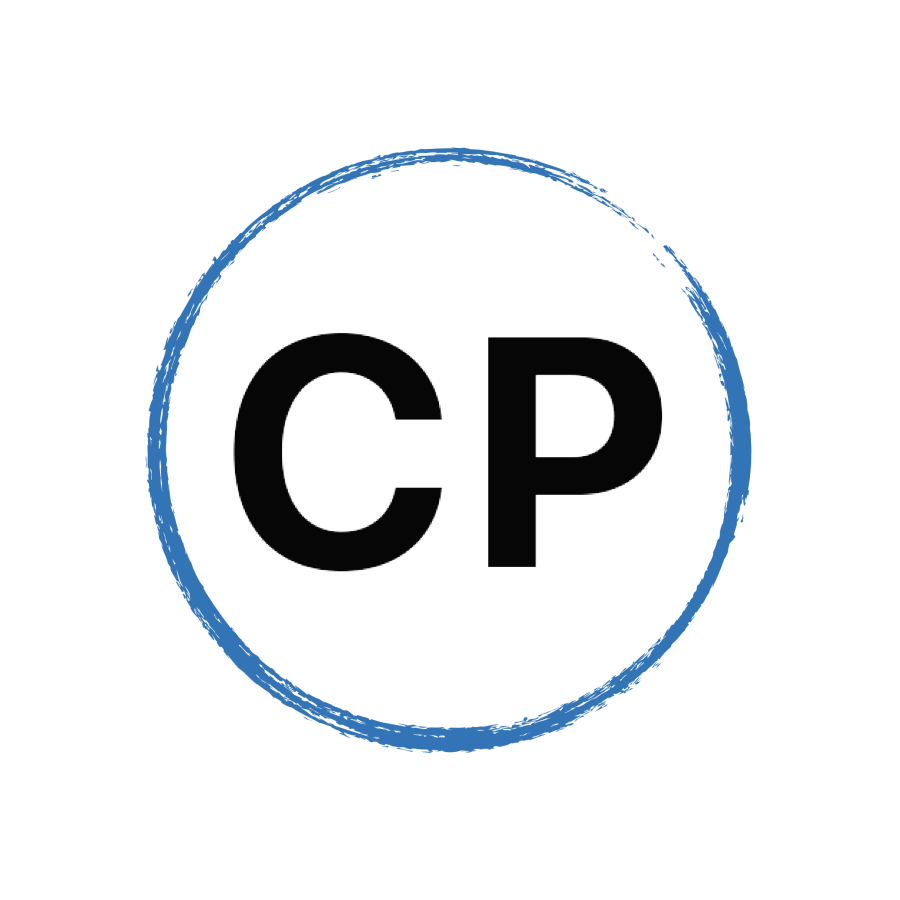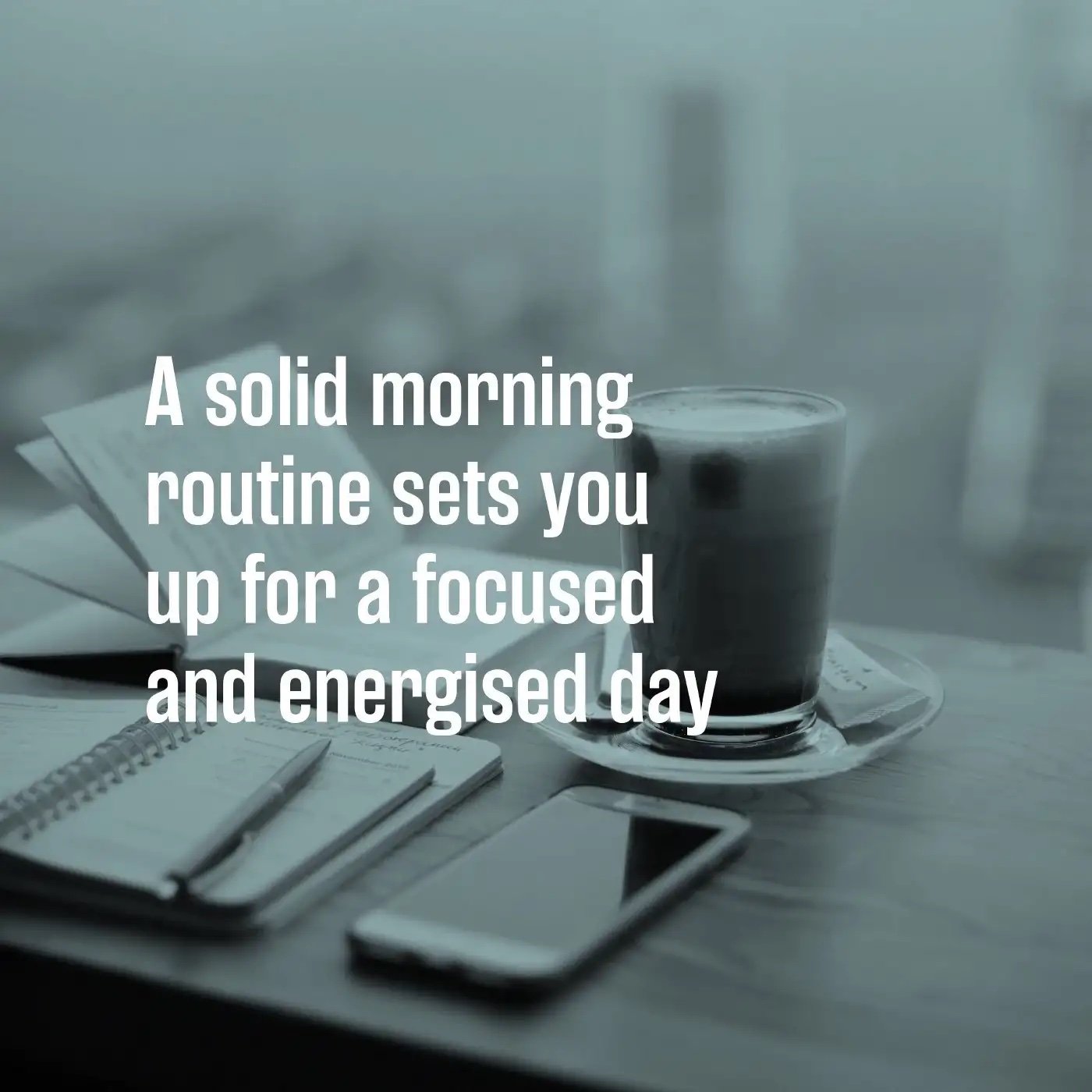A Simple Way To Make Your Days Effective.
One of the unsung heroes of better time management and a more effective day is to begin the day with a morning routine that focuses and energises you. When you start the day with time for yourself and a review of what you want to accomplish, you will become more effective and focused.
The critical part is building a morning routine that works for you. Someone else’s morning routine is not going to do it. They live different lives, have other priorities and perform different jobs. Hence, if you try to follow someone else’s morning routine, you will struggle and be inconsistent, which you will soon stop doing.
How do you develop a morning routine?
The place to start is to decide when you want your day to start. For example, my day generally begins at 8:00 am. So, whatever I want to do as part of my morning routine needs to occur before 8:00 am.
This means if I aim to spend two hours on myself in the morning, am I confident I will be able to wake up at 6:00 am each day? The answer to that is no. I am not. I often finish late in the evening and need around seven hours of sleep. So, waking up at 6:00 am each day would require me to be in bed around 10:30 pm, which does not fit my schedule.
Therefore, whatever I want to do as part of my morning routine, I need to be able to do in no more than one hour. 7:00 am is a more realistic time for me to get up.
What would you like to do each morning?
This is where you should list everything you would like to do first thing in the morning. For instance, I want to spend a little time stretching, writing my journal and clearing my email inbox. Additionally, I would like to make a pot of coffee and drink a glass of lemon water.
Writing my journal allows me to review my objectives for the day (the two things I absolutely must do) and clear my mind of all the things spinning around in my head.
What would you like to do in the morning? Here are some ideas for you:
Writing a journal
Light exercise
Going for a walk
Meditation
Reading
Learning
Planning the day
Whatever you decide to include in your morning routines, make sure the amount of time you want to spend on each activity comes within your time limit.
Choose your trigger.
In James Clear’s book Atomic Habits, James writes about a concept called “habit stacking”. This is where you start with one activity and that naturally leads to the next activity. For instance, in my morning routine, my trigger is putting water into my kettle and boiling the water. While the kettle boils, I do my stretches and making my coffee allows me to finish my stretching.
As my coffee is brewing, I pour my lemon water and drink it. Once my coffee has been brewed, I take my coffee to my desk, sit down and write in my journal.
It’s a natural progression. I will be standing to make my coffee, so it makes sense to do my stretching simultaneously.
The great thing about having a single trigger is you will not need to remember every step of your morning routine in time. Instead, it will naturally happen once you begin the “stack”.
How long does it take?
This depends on you. Most people require around sixty days to develop a habit, others just thirty. The key is not to worry too much about how long it will take to make this a fixture in your life but to focus on just doing it each day. If you have a solid trigger to begin your day, you will soon find starting your day with your morning routine becomes just something you do.
Should you put your morning routines in your task manager?
This is a question I am frequently asked, and the answer to this is no. Your morning routine should never be considered a task or a set of tasks. These are activities you want to do, and you look forward to doing them each morning. If you add them to your task manager as individual tasks, they add to the noise of the day, and that’s not the purpose of a good morning routine.
Instead, you want to add a daily recurring event in your calendar that tells you at a specific time you will perform your morning routines. For instance, I have an everyday occurrence in my calendar set for 7:00 am to 7:50 am for my morning routine. If I need to wake up earlier on a given day, I can adjust my morning routine time.
If you want to track your progress, use an analogue calendar and pin it to the wall in your kitchen. You can then cross off the days you complete your morning routines. Once you feel you have fixed the habit, remove the calendar. You don’t need it any more.
Key Takeaways.
Don’t overthink your morning routines. You want to be excited for them each morning. The simpler you keep them, the more likely they will stick. Equally, you want to keep your morning routine to less than one hour. More than that, you will struggle to maintain consistency.
A solid morning routine is to set you up for a focused and energised day. If you allow your morning routines to become a chore, you will stop doing them, and their effectiveness will diminish. Keep things simple and make sure the activities you choose are activities you want to do, not just a copy of someone else’s.
Finally, don’t be afraid to experiment and adjust things. Over the last five years, I’ve experimented with meditation which I didn’t find helpful and standing outside for ten minutes to get some sunlight — which I enjoyed most days except when it was cold, snowing or wet.
These are your morning routines, and you need to create them for yourself. Enjoy them. Look forward to waking up and starting your day with a set of activities you love, and you will soon find your days more focused and productive.
Thank you for reading my stories! 😊
If you would like to receive all the productivity and time management content I create each week in one convenient email, you can subscribe to my weekly newsletter here
You can also learn more about what I do here on my website
Finally, don’t forget to say hello on Twitter, YouTube or Facebook

